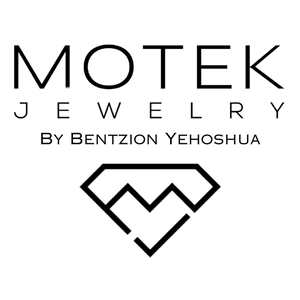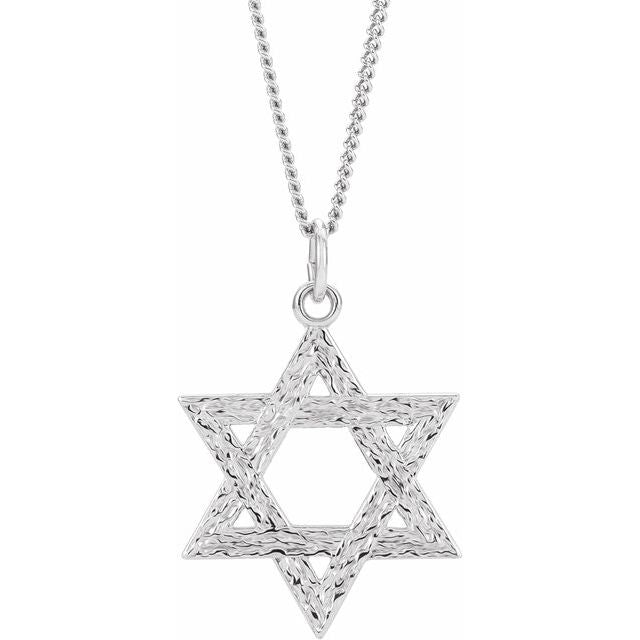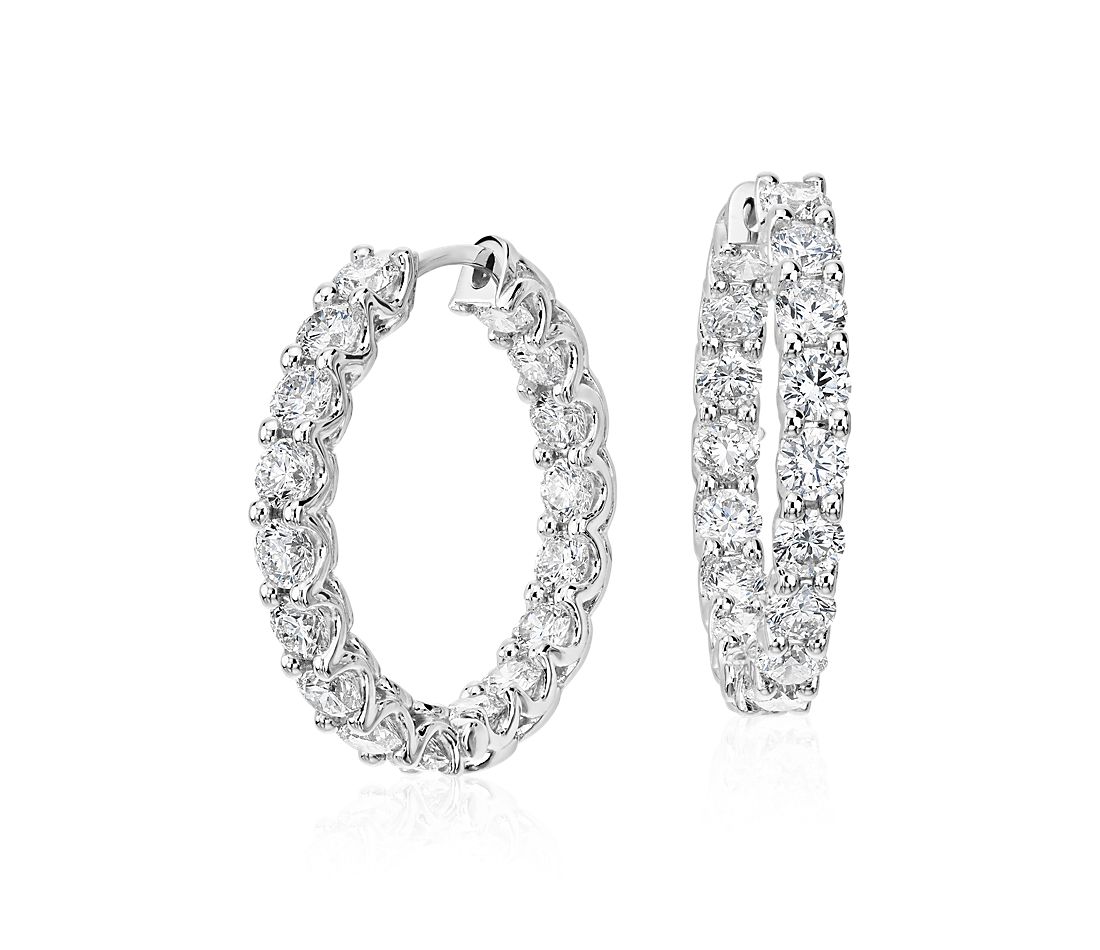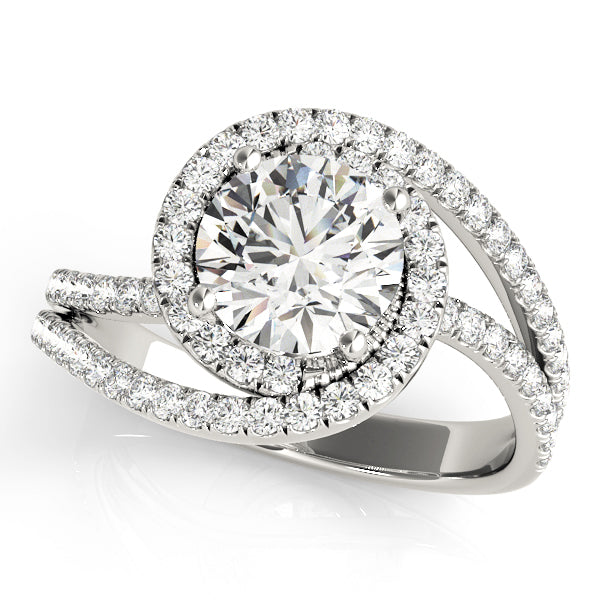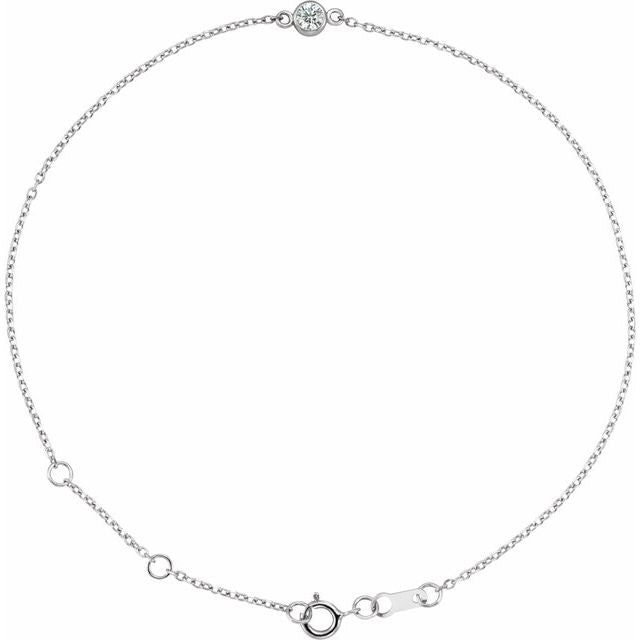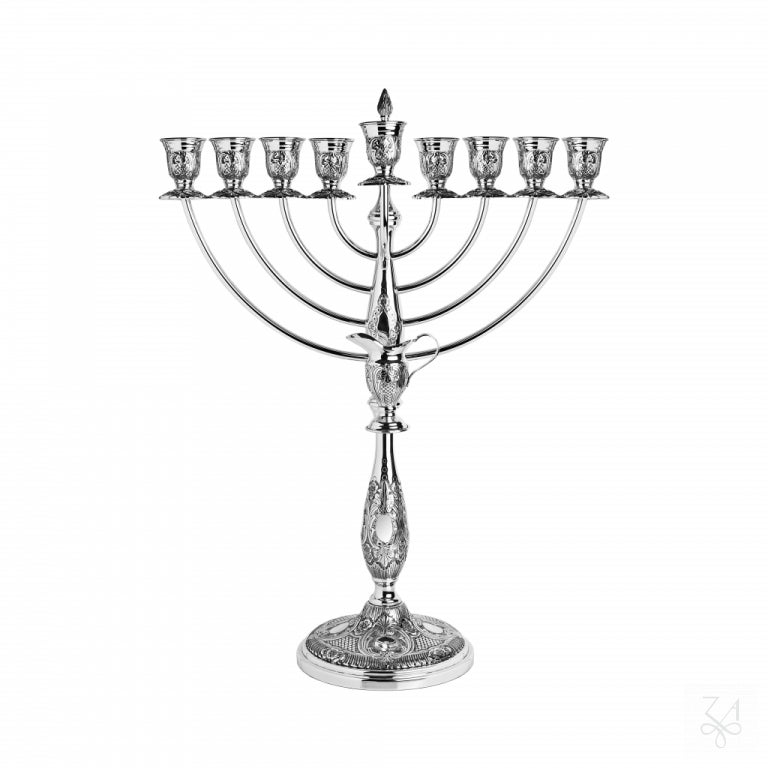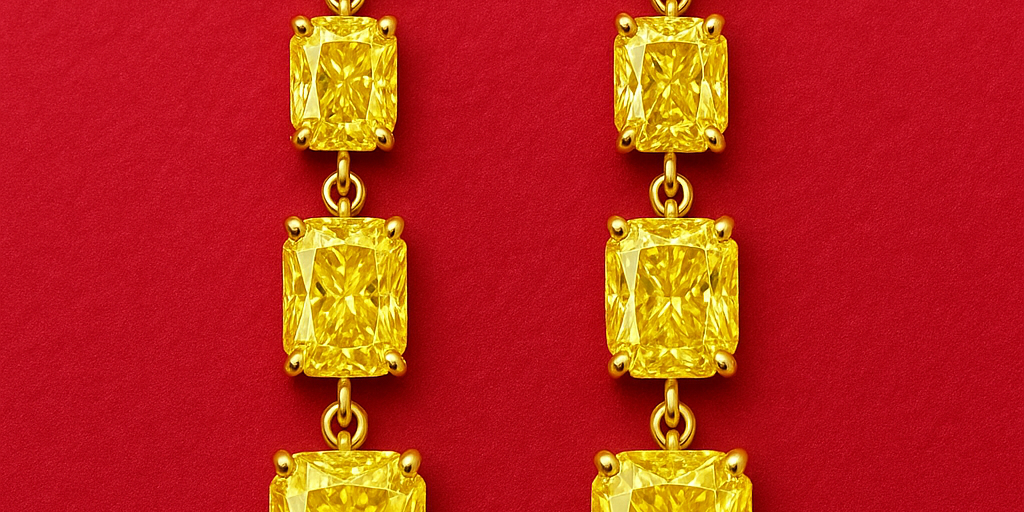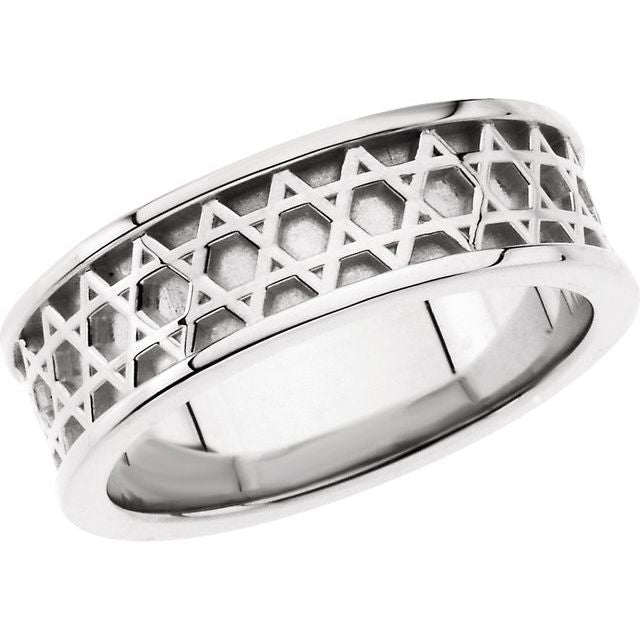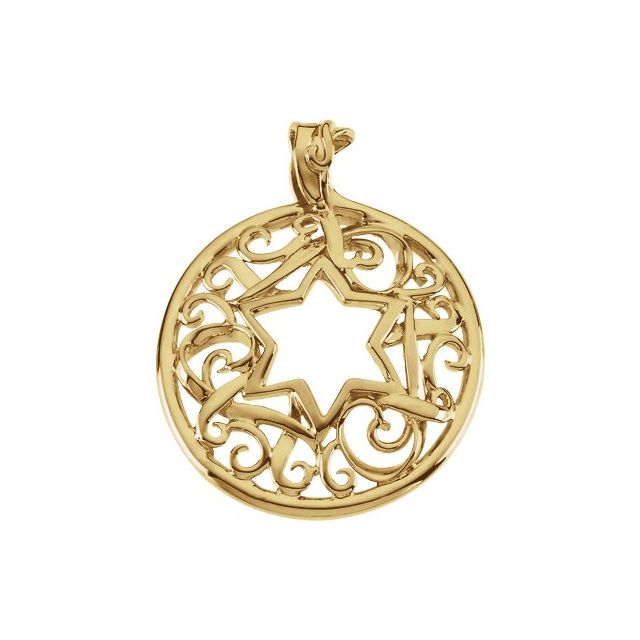Imagine bringing your dream jewelry piece to life with unparalleled precision and detail, even before a single gem is set or metal is cast. This is the transformative power of Computer-Aided Design (CAD) in custom jewelry. At Motek Jewelry, we leverage state-of-the-art CAD technology to transform your unique vision into a stunning digital blueprint, ensuring every curve, facet, and dimension is perfectly rendered. Join us as we explore how CAD has revolutionized bespoke jewelry design, offering endless possibilities for truly unique creations that stand the test of time.
The Digital Canvas: What is CAD in Jewelry? Computer-Aided Design (CAD) in jewelry refers to the use of specialized software to design and model jewelry pieces in a virtual 3D environment. Unlike traditional hand sketching, which is excellent for initial concepts, CAD allows for extreme precision down to micrometers. Jewelry-specific CAD programs, such as RhinoGold, Matrix, or ZBrush, come equipped with tools tailored for creating intricate details like complex filigree, pave settings, and precise stone seats. This digital medium empowers designers to manipulate forms, visualize designs from all angles, and even generate photorealistic renderings before any physical work begins. The ability to iterate quickly and visualize changes instantly means your custom design can be refined to perfection.
From Concept to Digital Model: The CAD Workflow for Your Custom Piece The journey of your custom jewelry design in CAD at Motek Jewelry is a meticulous yet exciting process:
- Initial Sketch & Consultation: It all begins with your idea. Our designers first engage in a detailed consultation to understand your vision, style preferences, and functional needs. These initial concepts are then translated into preliminary digital sketches or basic 3D forms within the CAD environment. This early digital representation allows for quick approval of the overall shape and proportion.
- 3D Modeling: Once the concept is approved, our CAD specialists meticulously build your jewelry piece in three dimensions. Every element – from the main stone setting to the intricate shank details, diamond accents, and clasp mechanisms – is precisely constructed. This stage involves defining dimensions, ensuring structural integrity, and preparing for stone placement with exact measurements.
- Rendering & Visualization: This is where your custom piece truly comes to life on screen. Photorealistic rendering transforms the wireframe model into a stunning image, complete with realistic metal textures, gemstone sparkle, and lighting effects. We can even create virtual "try-ons" or 360-degree videos, allowing you to visualize your custom necklace, ring, or earrings as if they were already finished. This crucial step ensures complete client satisfaction and provides an opportunity for final tweaks before moving to the next stage.
Refinement and Precision: Why CAD Excels in Custom Jewelry The unparalleled precision offered by CAD is its greatest asset in custom jewelry manufacturing. It allows for:
- Minute Adjustments: Every curve, angle, and thickness can be fine-tuned to perfection, ensuring optimal comfort and aesthetic balance for your custom wedding band or bespoke pendant.
- Perfect Stone Fit: CAD precisely calculates the dimensions and angles required for each gemstone, guaranteeing that every diamond or colored stone will sit securely and showcase its maximum brilliance.
- Minimized Errors and Waste: By identifying potential manufacturing issues digitally, CAD significantly reduces material waste and costly errors that might arise in traditional hand fabrication, leading to a more efficient and accurate process for your custom piece.
- Complex Geometries: Designs that would be incredibly challenging, if not impossible, to achieve by hand – such as intricate filigree patterns, complex pave layouts, or asymmetrical sculptural forms – are readily executable with CAD.
Beyond Design: Preparing Your Custom Creation for Production Once your custom jewelry design is finalized in CAD, it's optimized for the next crucial step: 3D printing. The CAD model is converted into a specialized file format that guides 3D printers in creating a physical wax or resin prototype (a process we delve into in our article on Wax Prototyping). This digital preparation ensures that the physical prototype precisely matches the approved design, guaranteeing a seamless transition into the casting process. Proper CAD modeling also ensures manufacturability, checking for appropriate wall thickness and overall structural integrity, vital for the longevity of your custom ring or bracelet.
Motek Jewelry's Approach & Value Proposition: At Motek Jewelry, our jewelers and designers are not just artists; they are masters of CAD, seamlessly blending artistic vision with technical prowess. We use CAD not just as a tool, but as an integral part of our collaborative process, empowering you to visualize and refine your custom piece with absolute clarity before it's ever crafted. This meticulous approach ensures your final piece is precisely what you envisioned – a true extension of your unique style and a testament to modern custom jewelry excellence.
Call to Action: Ready to see your custom jewelry dream come to life with digital precision? Contact Motek Jewelry today at 8452136087 or Ben@mymotek.com to start your CAD design journey and create a bespoke piece that perfectly reflects you.
Further Reading
- Learn more about the technical aspects of jewelry design and manufacturing from leading industry associations like MJSA (Manufacturing Jewelers & Suppliers of America) in their Technology section.
- For an academic perspective on CAD/CAM in the jewelry industry, resources from reputable institutions like the Gemological Institute of America (GIA) offer valuable insights into digital design in jewelry.
